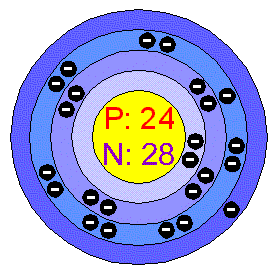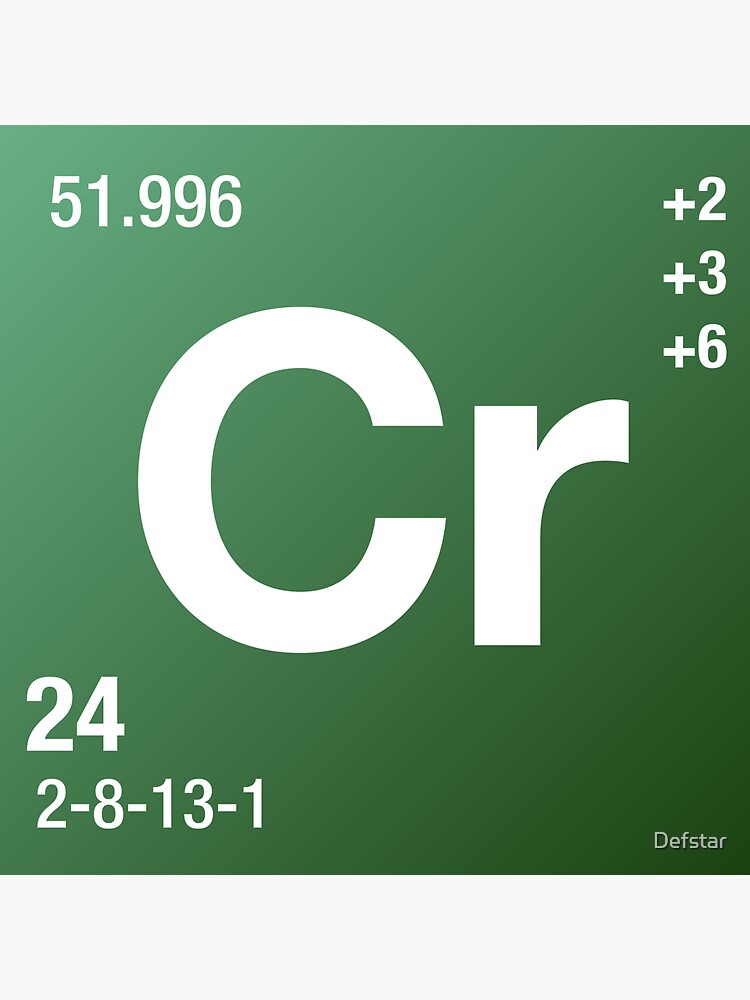

Remarkably, the openly published Berkeley paper would show the first step to overcoming one of the biggest obstacles to building an atomic bomb.Īnd Brian Clegg will reveal how this obstacle was overcome in next week's Chemistry in its Element. In June 1940, American physicists Edwin McMillan and Philip Abelson, working at the Berkeley Radiation Laboratory, wrote a paper describing a reaction of uranium that had been discovered when bombarding it with neutrons using a cyclotron particle accelerator. (At least, Pluto was the ninth planet until it was stripped of its status in 2006.) Between those planets sits Neptune, and the gap between the two elements leaves a space for their relatively unsung cousin, neptunium - element number 93 in the periodic table.

We're so familiar with uranium and plutonium that it's easy to miss that they are named after the seventh and ninth planets of the solar system. can be written using the period table or an electron configuration chart. helps chemist understanding how elements form chemical bonds. I don't think I would say chromium had limited uses, would you? That was Oxford University's Christopher Blanford with the complex and colourful chemistry of chromium. Electron Configuration for Chromium (Cr, Cr2+, Cr3+) Electron Configuration Notation: -shows the arrangment of electrons around the nucleus of an atom. So it's shiny and colourful as well as corrosion and wear resistant. On the other hand, the first picture in my mind for chromium (after gemstones, of course) is when it is in its metallic form, such as for the mirrored corrosion and wear-resistant 'chrome' surfaces of ball bearings and the shiny silvery trim on car parts. So, to some extent, Vauquelin's prediction from two centuries ago about the limited usefulness of elemental chromium was spot on. Given these widespread uses of chromium complexes, it should come as no surprise when I tell you that under one-half of a per cent of chromium produced is chromium in its elemental form. Its colour changes between pale green, dark green and violet depending on how many of the chromium ion's six coordination sites are occupied by chloride rather than water. The last of these compounds shows an amazing property when hydrated. A browse through images of chromium compounds on Wikipedia shows a whole spectrum of colours: dark red chromium(VI) oxide, orange-red lead chromate, bright yellow sodium chromate, brilliant chrome green (that's chrome(III) oxide), light blue chromium(II) chloride, and violet anhydrous chromium(III) chloride. He did suggest, however, that chromium's compounds would be widely used as beautiful, brilliantly coloured pigments. He thought these properties made it overly difficult to work with and thus limited its applications as a metal. When Vauquelin exhibited his pale grey metal to the French Academy of Sciences, he commented on the metal's brittleness, resistance to acids and incapability of being melted.


 0 kommentar(er)
0 kommentar(er)
